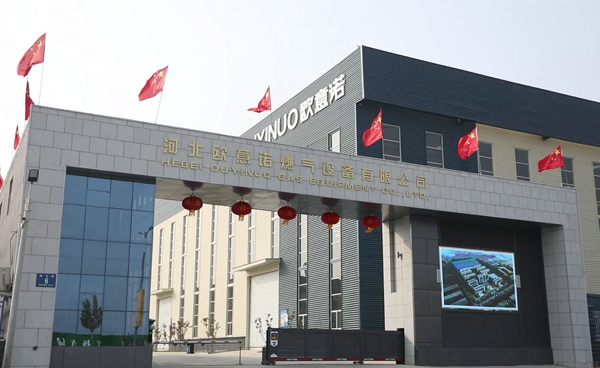
Dec . 09, 2024 17:28
Back to list
Understanding Gas Pressure Regulation for Safe and Efficient Systems
Understanding Gas Regulators Essential Components for Safe and Efficient Gas Use
Gas regulators are vital devices used in various applications to control the pressure of gas delivered from tanks, pipelines, and other sources. They play a crucial role in ensuring that gas pressure remains within safe and operational limits, making them essential for residential, commercial, and industrial applications. In this article, we will explore the functions, importance, types, and maintenance of gas regulators, emphasizing their indispensable role in modern society.
What is a Gas Regulator?
A gas regulator is a mechanical device that automatically reduces high input gas pressure to a lower, more manageable and consistent output pressure. It serves as a safety mechanism that controls the flow of gas, ensuring that appliances or systems utilizing gas do not experience fluctuations that could lead to malfunctions or hazardous situations. Without regulators, the varying pressure in gas supply systems could cause equipment to fail or create dangerous situations, such as explosions or fires.
Functions and Importance of Gas Regulators
The primary function of a gas regulator is to maintain a steady output pressure regardless of fluctuations in input pressure
. This functionality ensures that gas is supplied at a consistent rate, preventing equipment from being damaged by excessive pressure. Gas regulators are commonly found in1. Residential Systems From home heating systems to gas stoves, regulators protect household appliances by delivering gas at the correct pressure. 2. Industrial Applications In industries where gas is a primary energy source or raw material, regulators facilitate controlled processes, enhancing safety and efficiency. 3. Medical Facilities In hospitals, oxygen and other medical gases must be delivered at precise pressures. Regulators ensure that patients receive the correct dosages safely.
The importance of gas regulators cannot be overstated. They not only contribute to operational efficiency but also significantly reduce the risk of accidents associated with gas usage.
Types of Gas Regulators
There are several types of gas regulators, each designed to fulfill specific needs and applications
gas regulator

1. Single-Stage Regulators These regulators are used where the pressure drop from the supply to the outlet is minimal. They are simple and cost-effective, commonly used in residential gas lines.
2. Two-Stage Regulators These regulators provide a higher level of precision and stability in output pressure. They are ideal for applications where the input pressure may vary significantly, such as in industrial settings.
3. Back Pressure Regulators These are used to maintain a specified pressure upstream of the regulator. They are commonly found in systems where gas needs to be maintained at consistent levels despite varying downstream demands.
4. Relief Valves While technically not regulators, relief valves serve as safety devices that prevent overpressure in gas systems, protecting both the equipment and the environment.
Maintenance of Gas Regulators
Like any mechanical device, gas regulators require regular maintenance to ensure proper functionality and safety. Here are some essential maintenance tips
- Regular Inspection Check for signs of wear, rust, or damage. Any visible issues should be addressed immediately to prevent potential failures. - Cleaning Dust and debris can obstruct functionality. Regular cleaning can help maintain optimal performance. - Pressure Testing Periodic testing with a manometer or other devices ensures that output pressure remains consistent and within safe limits.
- Professional Servicing Engage certified professionals to perform comprehensive inspections and maintenance as required. They can detect issues that may not be obvious to the untrained eye.
Conclusion
Gas regulators are pivotal in ensuring the safety and efficiency of gas usage across various sectors. Their ability to control gas pressure protects equipment, enhances performance, and reduces risks associated with gas consumption. Understanding how they work, the types available, and the importance of regular maintenance can help users make informed decisions that promote safe gas use. As we continue to rely on gas as a primary energy source, the role of gas regulators will remain crucial in our daily lives and industrial practices.
Latest news
-
Safety Valve Spring-Loaded Design Overpressure ProtectionNewsJul.25,2025
-
Precision Voltage Regulator AC5 Accuracy Grade PerformanceNewsJul.25,2025
-
Natural Gas Pressure Regulating Skid Industrial Pipeline ApplicationsNewsJul.25,2025
-
Natural Gas Filter Stainless Steel Mesh Element DesignNewsJul.25,2025
-
Gas Pressure Regulator Valve Direct-Acting Spring-Loaded DesignNewsJul.25,2025
-
Decompression Equipment Multi-Stage Heat Exchange System DesignNewsJul.25,2025

